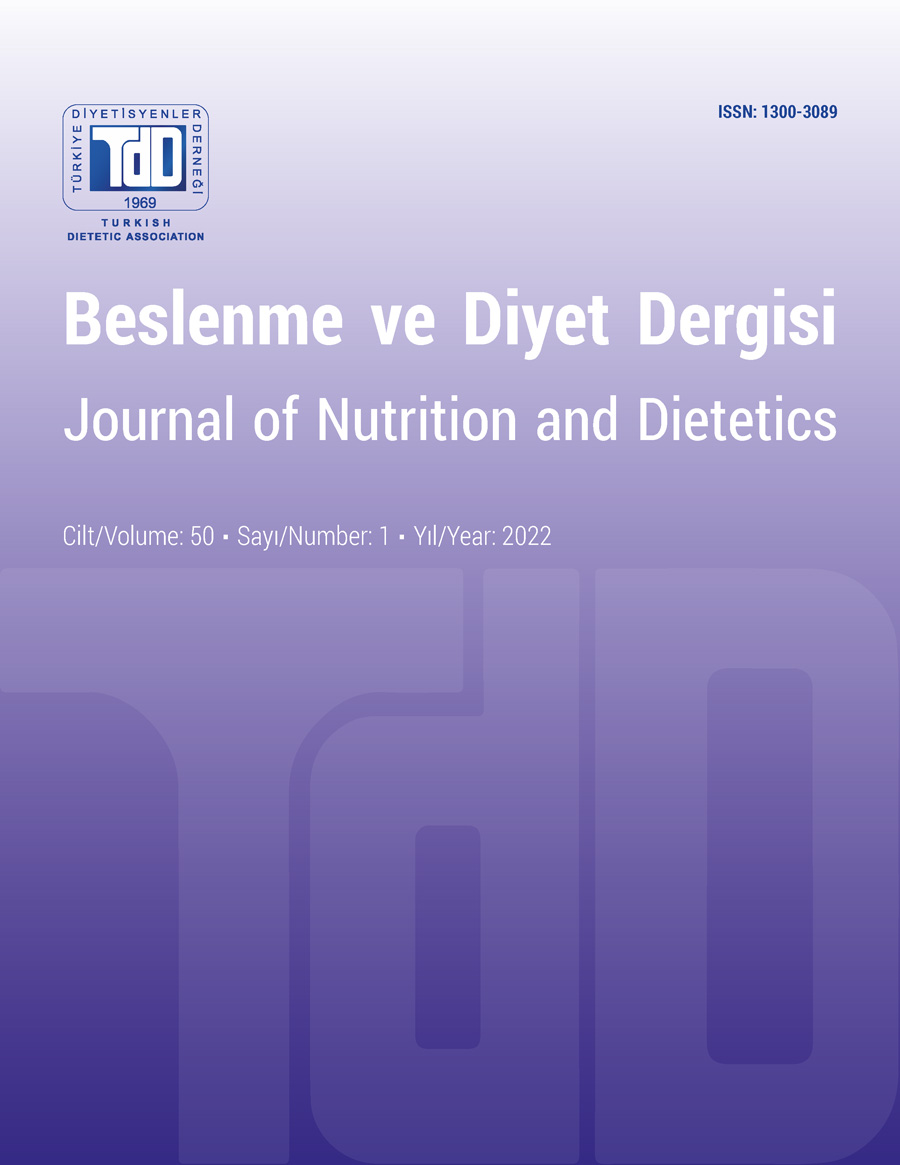Hidden Hazard in Street Vended Raw Milk: Antibiotics Residues
DOI:
https://doi.org/10.33076/2022.BDD.1551Keywords:
Street vended raw milk, antibiotic residue, beta-lactam, cephalexin, tetracyclineAbstract
Aim: Antibiotic residues left in milk by antibiotics used to protect the health of dairy animals seriously threaten human health. It is also reported that antibiotic residues in milk cannot be neutralized by heat treatments. For these reasons, it is extremely important to evaluate street milk, which has uncertainties about its control, in terms of antibiotic residue. In this study, it was aimed to investigate the antibiotic residues contained in the raw milk sold on the street in Ankara.
Material and Method: In order to represent the city of Ankara, a total of 60 street milk samples were collected from the 9 districts of Ankara with the most dense population, in numbers determined according to their population densities, to represent the city of Ankara, which constitutes the sample of this study. The collected street milk was investigated for antibiotic residues using Idexx Snap ST Plus DUO.
Results: It was determined that the amount of antibiotic residues in 30% of the street milk samples taken in the study exceeded the limits set in the regulation. It was shown that 28.3% (n=17) beta-lactam and 1.7% (n=1) tetracycline residue content exceeded the regulatory limits.
Conclusion: It is thought that the antibiotic residues in a significant part of the street milk offered for sale in Ankara exceed the limits set in the legislation and this will contribute to the formation of antibiotic resistance, which is a concern in the scientific world in the medium term. Considering the increasing trend of consumption of raw milk with the idea that it is natural in recent years, it is important to establish more effective and sustainable control systems for street milk and to raise awareness of consumers on this issue.

